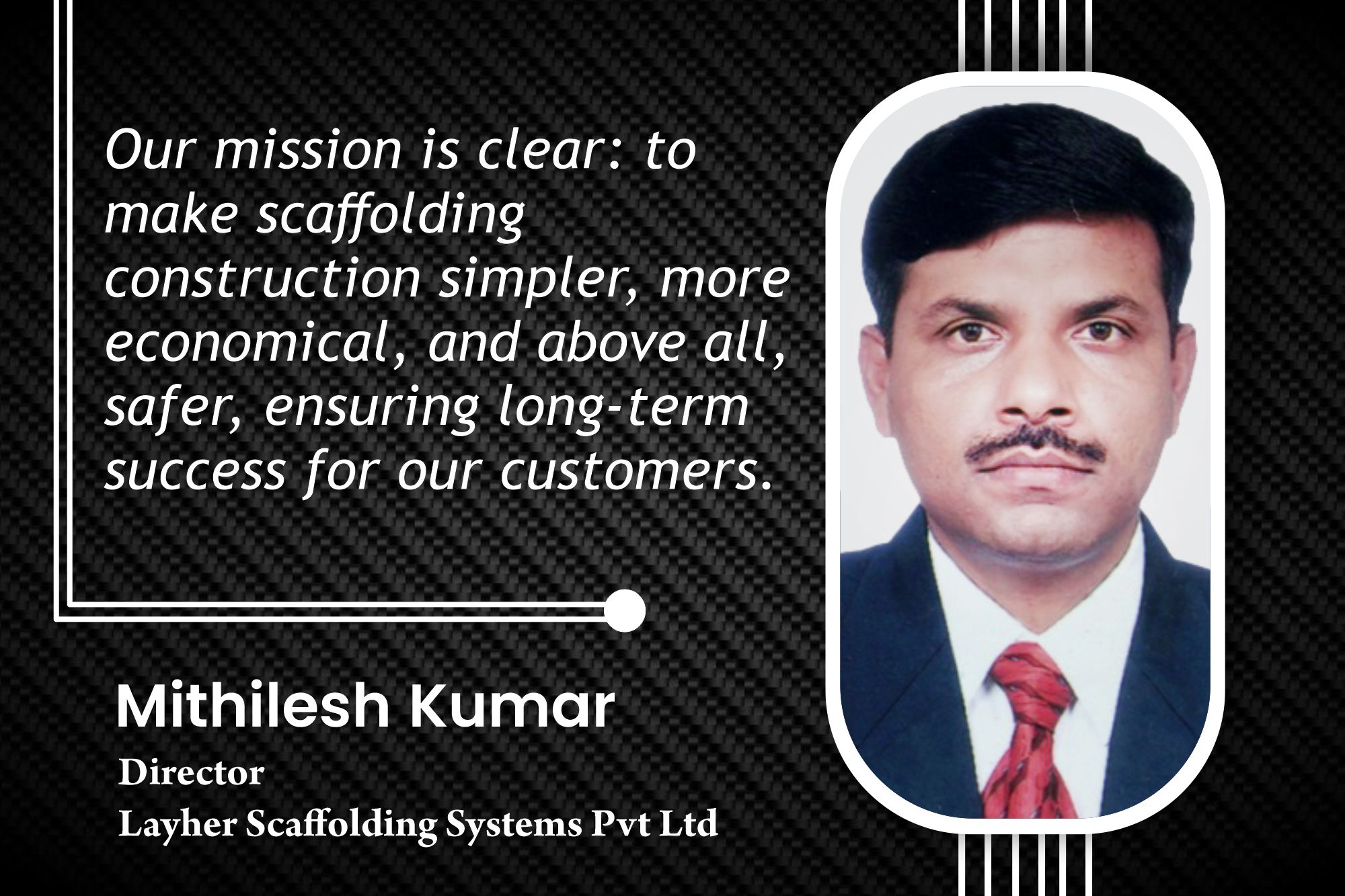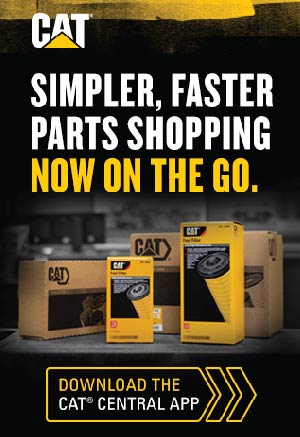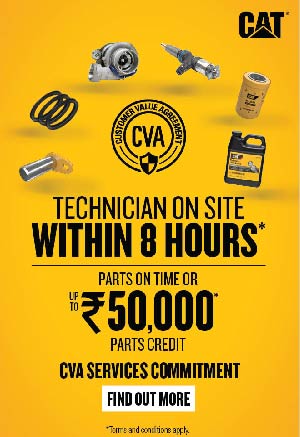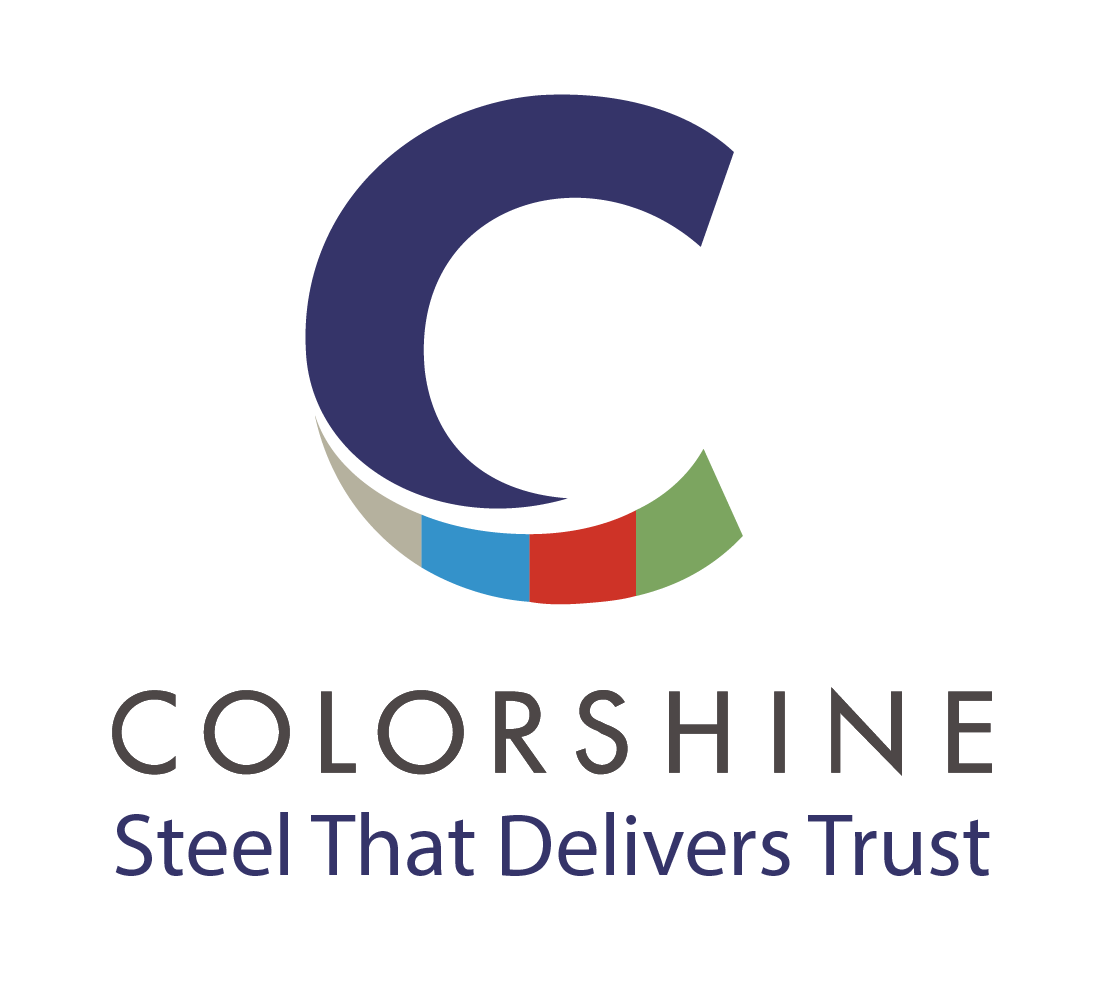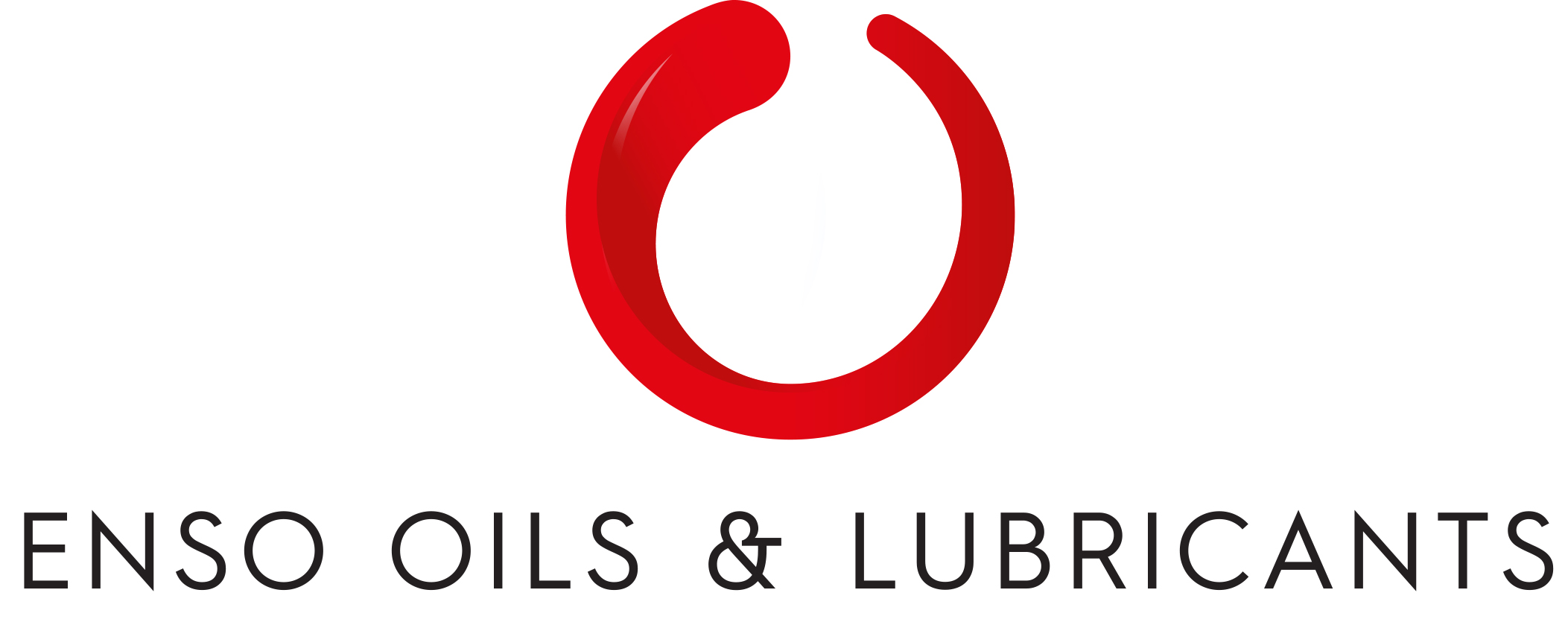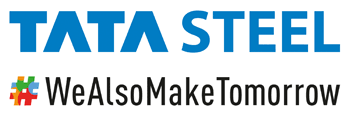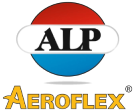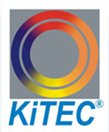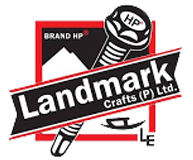LGSF helps for faster construction and design flexibility
By Staff Report | September 12, 2024 2:45 pm SHARE

EPACK Prefab’s prefabricated solutions offer distinct advantages over traditional construction methods, including faster build times, cost savings, and enhanced sustainability. Unlike conventional methods with high land and labour costs, prefabrication accelerates project completion by up to 50 percent, reduces carbon emissions, and minimises environmental impact.
How has the adoption of prefabricated building technology evolved in India over the past decade?
Prefabricated construction has witnessed remarkable growth in India. The government’s emphasis on sustainable construction has pushed the use of Prefabricated Engineered Buildings (PEBs) and other green construction practices. This technology has gained traction in warehousing and industrial projects due to its efficiency and rapid construction timelines. Additionally, PEBs have addressed quick accommodation needs effectively. Despite this progress, there remains significant potential for further expansion. Continued government support, including subsidies for green construction, stricter sustainability regulations, and increased awareness of PEB benefits, could further commercialise this technology and extend its use in the real estate and tourism.

EPACK Prefab provides various products, from site offices to cold storage rooms. What are the key differentiators of your prefabricated solutions compared to conventional construction methods?
Prefabricated construction stands out from conventional construction methods due to benefits such as cost-effectiveness, rapid construction timelines, and sustainability. The traditional approach faces high hard costs, including land acquisition, labour, and materials, constituting a substantial portion of total expenses. Prefabricated construction, in contrast, accelerates project timelines by 30 to 50 percent, reducing build times, weather delays, and labour-intensive activities. Additionally, prefab’s simultaneous site development and construction, automation, quality control, and efficient material supply contribute to its cost-effectiveness. Compared with conventional construction, prefabricated construction reduces carbon emissions by up to 60 percent, making it highly beneficial for the environment.
How do you ensure the quality and durability of prefabricated structures?
At EPACK, we practice advanced manufacturing processes, rigorous quality control measures, and the use of high-grade materials. Each component undergoes thorough testing to meet stringent industry specifications, ensuring it can withstand diverse and challenging environments. Additionally, our designs are tailored to address specific environmental conditions, such as extreme temperatures, high winds, or seismic activity, providing resilience and longevity to the structures. By combining innovative technology with expert craftsmanship, we deliver durable prefabricated solutions that can perform reliably in any setting.
EPACK Prefab uses advanced technologies like Light Gauge Steel Framing (LGSF) and PUF insulated panels. How do these technologies enhance the efficiency and performance of your structures?
LGSF provides a strong yet lightweight framework, allowing for faster construction and greater design flexibility while maintaining structural integrity in diverse environments. PUF insulated panels offer superior thermal insulation, reducing energy consumption for heating and cooling and improving overall resource efficiency (saving of natural resources like sand, limestone, water, etc.): Eco-friendly technology, leading to almost zero pollution. Its structures are designed for 25 years of life and can be designed for 50+ years, too. Additionally, it is very easy to execute.

Can you elaborate on the sustainability aspects of your prefabricated structures?
Prefabricated structures are built in a controlled factory environment and then assembled on-site. This construction method minimises material waste, reduces on-site pollution, and lowers energy consumption through efficient manufacturing practices. Our structures use eco-friendly materials, such as steel, and are engineered to enhance thermal insulation, substantially reducing the need for heating and cooling and thereby conserving energy. The materials used are also reusable, making them sustainable and economical even in the long run, particularly in cases of building demolition. Additionally, the controlled prefabrication environment ensures superior quality and durability, leading to a longer lifespan and less frequent need for repairs or replacements, reducing the overall environmental footprint.
What are the most common challenges when customising prefabricated solutions, and how do you overcome them?
Some of the challenges include environmental considerations and compliance with local regulations. To address these, we adopt a collaborative approach, engaging clients early to understand their specific needs and using advanced design software to align solutions accordingly. We also work closely with local authorities to ensure all regulatory standards are met and maintain strong communication with all stakeholders throughout the project. By proactively tackling these challenges, we ensure that our prefabricated solutions are precisely tailored to client specifications and fully compliant with all necessary standards.
For more information, visit: https://www.epack.in/
Cookie Consent
We use cookies to personalize your experience. By continuing to visit this website you agree to our Terms & Conditions, Privacy Policy and Cookie Policy.








